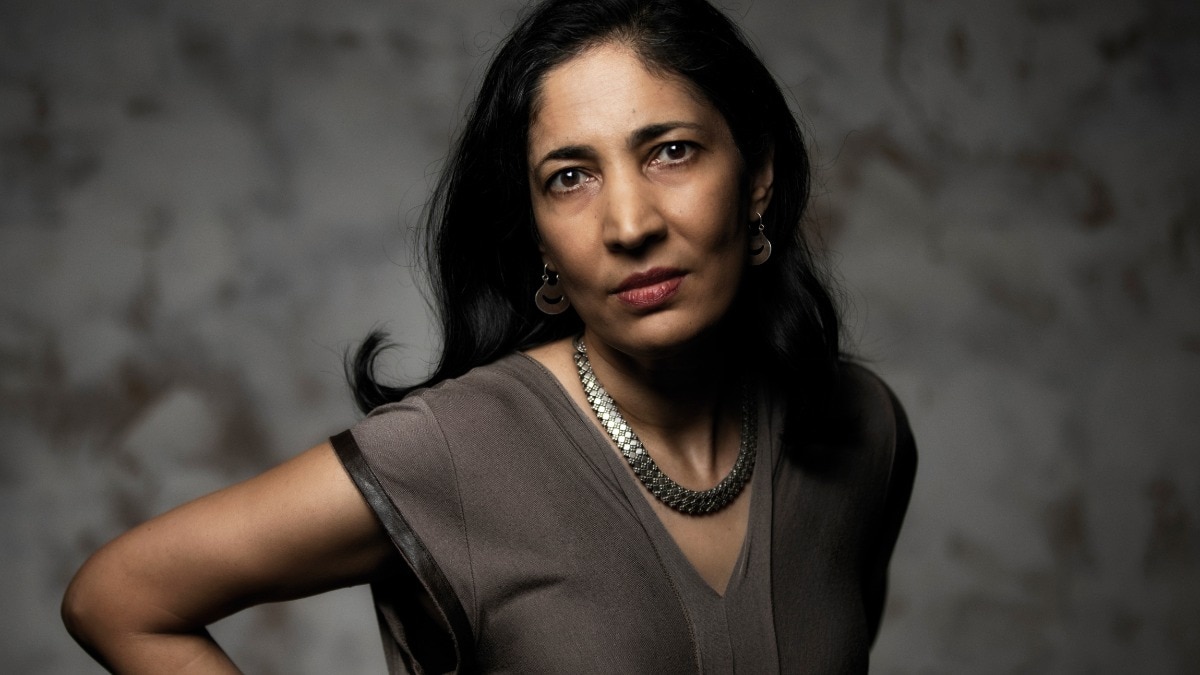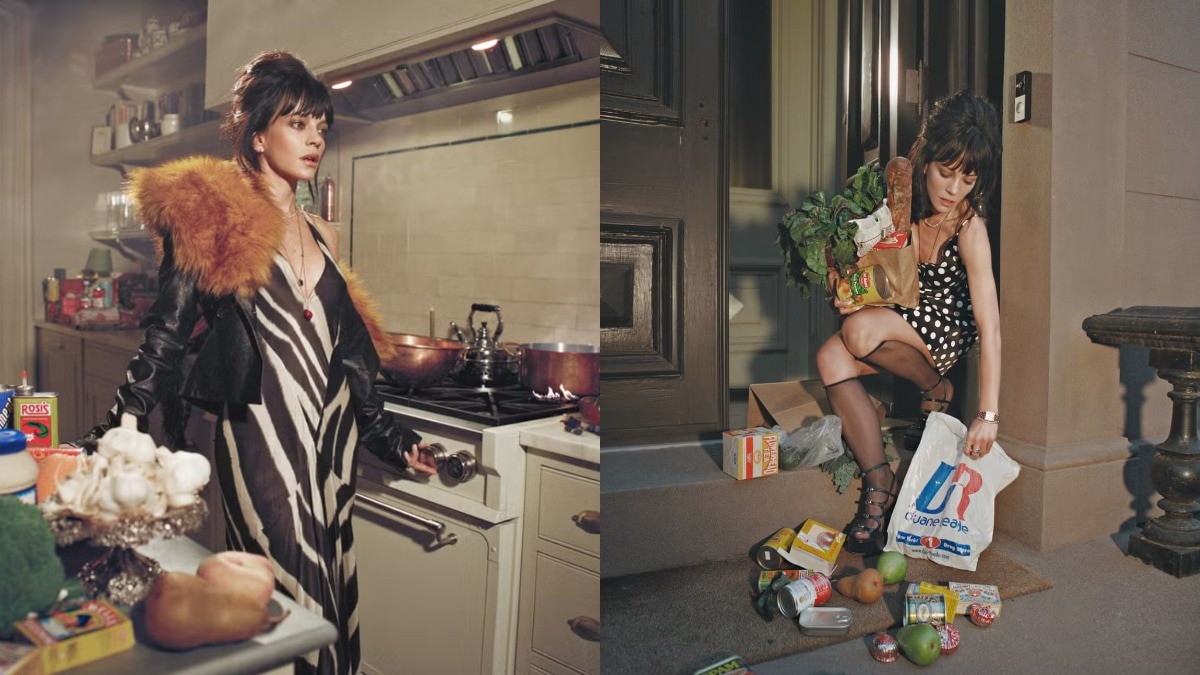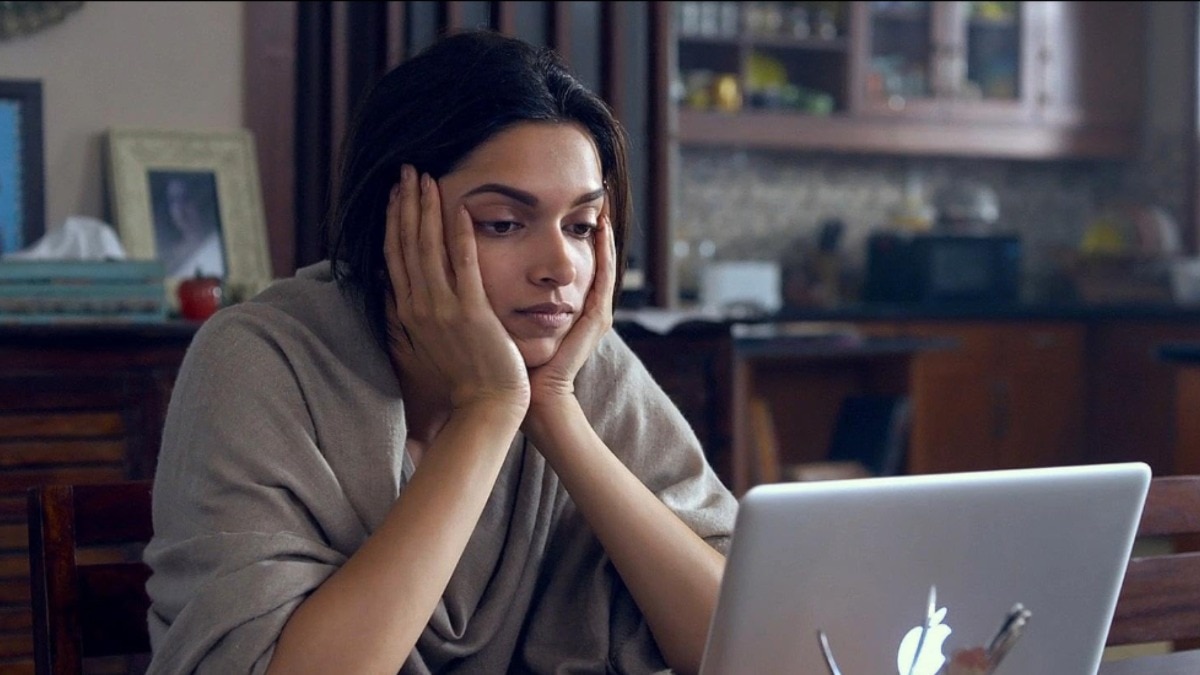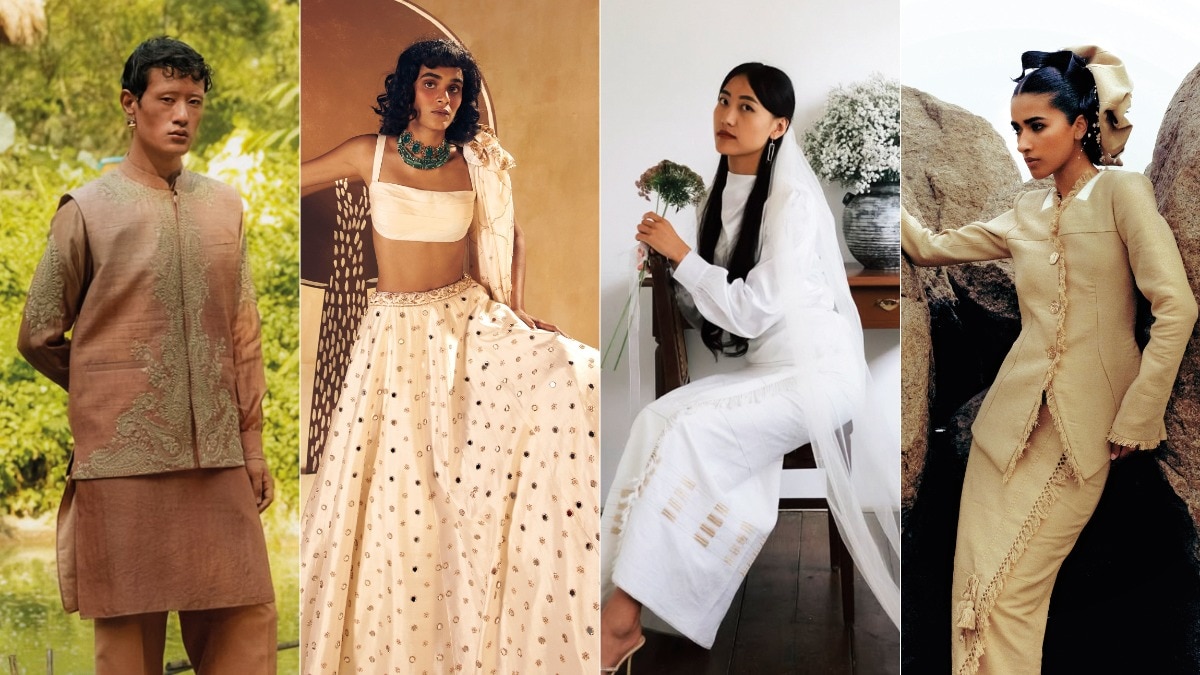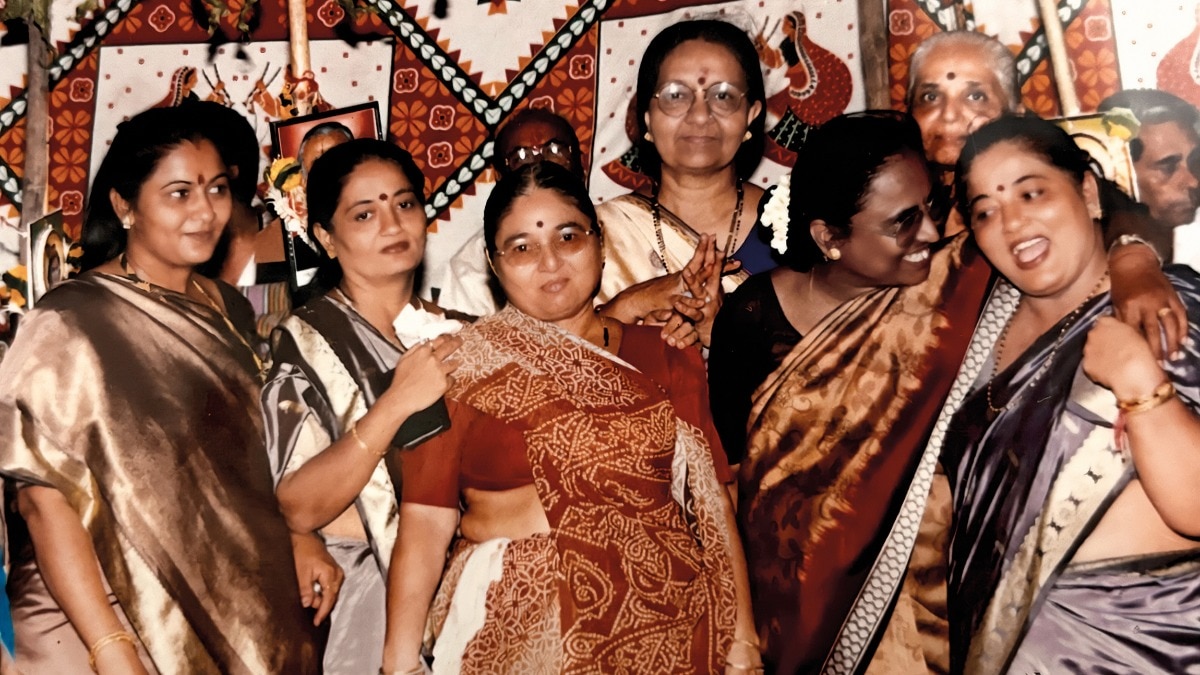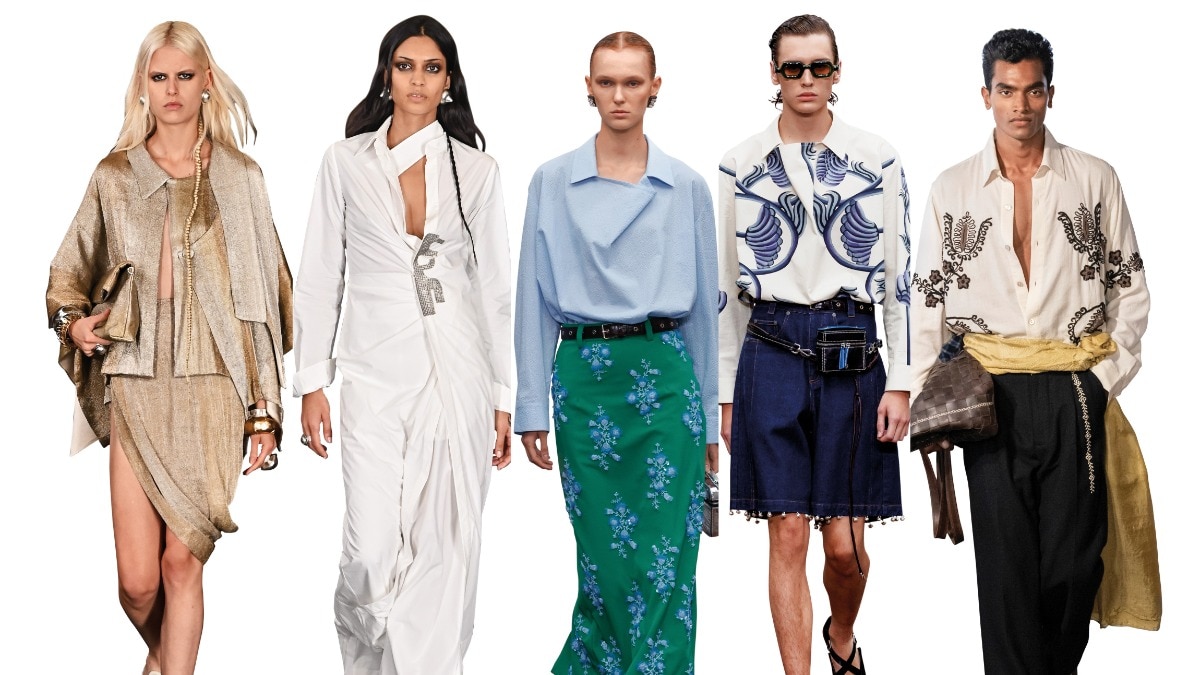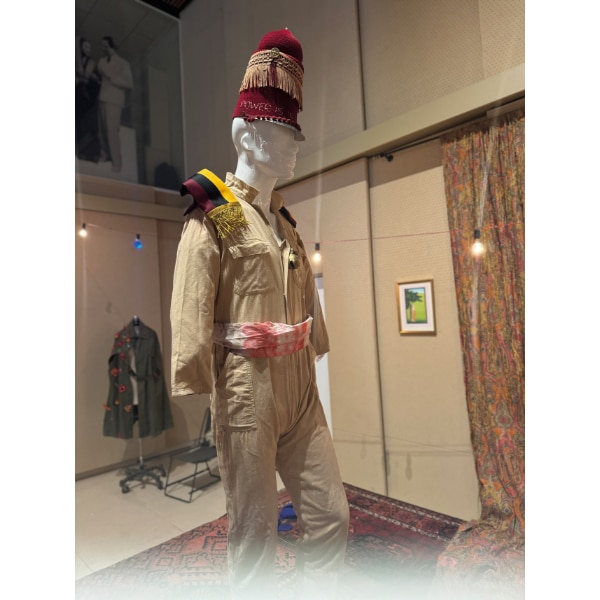
Inside Sarah Singh’s transformative salon at Kangra Fort
At Kangra Fort, Sarah Singh reimagines strength through silence, collaboration, and space.

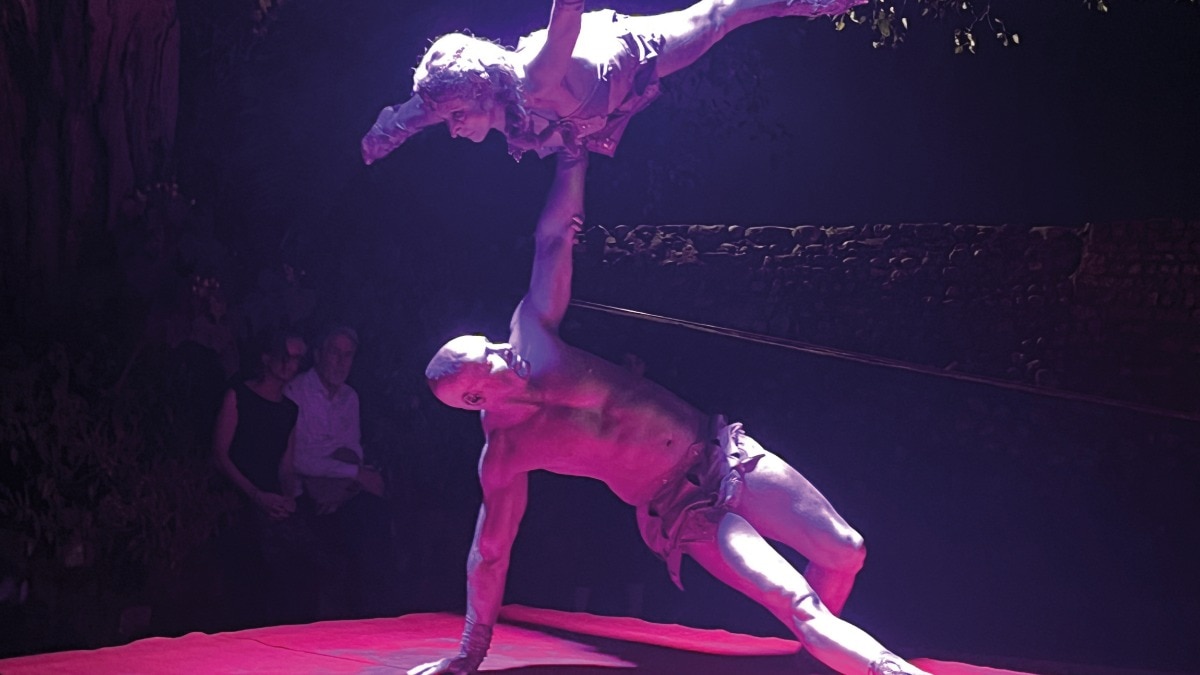
Being a former student of history, I’ve always had a strange fascination with forts. There’s something about the way those old, uneven, stone steps twist and climb upward, making you slow down and breathe the past in. Forts don’t give themselves away easily. They make you work for the view, almost like it’s a power game and the forts are testing your patience. And maybe that’s the whole point.
This year, artist and film-maker Sarah Singh chose Kangra Fort for her latest art salon, titled Ten Nights By A Lost River. Fittingly, the theme was power. “It just seemed natural with the mountains and this ancient military fort to explore the theme of power,” Singh says.“The mountainous landscape lends itself to the theme of power as it has an impenetrable façade. It has withstood many battles, won and lost. Himachal itself is known as the land of the gods and the brave. It’s a natural barrier—a place many have attempted to conquer.”
Since 2018, Singh has been transforming forts across India into living artworks. Each fort has its own personality, she asserts. But she never uses it as a backdrop, rather it becomes part of the art itself. “For me, each fort is a unique site,” she explains. “The entire project becomes an artwork unto itself. It’s not a canvas, it’s more like an unfolding gallery.” And in Kangra, that idea came alive. The fort’s age shows. You can feel the years in its cracks and corners. Singh didn’t cover any of that up—she let it speak. There is a sense of resilience that echoes through Kangra Fort’s weathered walls and the same came through Singh’s art salon. Her installations were spread out across different levels, so visitors had to climb, pause, listen. “It takes a lot of effort just to get into the fort,” she admits. Her curation asked the audience to move—not just physically, but emotionally. It’s as if the act of walking through the fort was a metaphor for moving through power itself.

For Singh, collaboration itself is a kind of power. “It starts with my central idea and concept, and then I start thinking about what kinds of contributions I would be looking for,” she tells Bazaar India. In Kangra, she worked with artists and designers across India. One standout was Boito, a textile collective from Odisha. They worked around a “warrior turtle” motif—a symbol of endurance and protection. “They were creating a piece that specifically addressed the concept of power through the design motif,” Singh shares. Other collaborators included textile designer Peter D’Ascoli and Jaipur Rugs. Locals played a big role too. Maharaja Aishwarya Katoch and his family co-hosted the event. Even students from NIFT Kangra participated as designers, backstage assistants, and even performers. For the students, it was like stepping into a live classroom where art, fashion, and history blurred together.“It’s also interesting for them to see how fashion or design can be incorporated in an experimental way, and not just for a runway or a shop,” Singh adds. With such projects, Singh tries to democratise the act of art-making.
She believes that the best art happens in that delicate space between planning and improvisation. “Once you’re in rhythm, unexpected things happen,” she says. “My job is to give space for that—but also know when to step in. It’s about where construction meets improvisation.” Maybe that’s the truest form of power—to balance control with surrender.
There’s another kind of power that Singh understands instinctively—silence. In Kangra, sound was used sparingly. “I didn’t want sound to become a central character,” she reveals. “I wanted that sense of being up on a hill, removed from all that is below, to be the primary character.” Sometimes, the most powerful thing an artist can do is to let the fort and the silence speak for itself. Whether it is the mountains or forts, they all have a humbling effect on us. By the time you reach the top of Kangra Fort—after the climbs, the silences, and the surprises tucked in corners—the idea of power shifts. It’s not about control, but perspective.
In the end, Singh’s salon wasn’t just about art or history— it was about endurance, softness, and shared creation.“Power, for me, is not about dominance,” Singh admits. Through her choices—whether it is the location, the performers, or the use of sound—she makes it amply clear that power is about what endures. “It’s about giving space—to others, to ideas, to history.”
Also read: 25 years later, we’re still rightfully obsessed with Emily Gilmore
Also read: If you thought multitasking was helping you win at life, here's the truth

